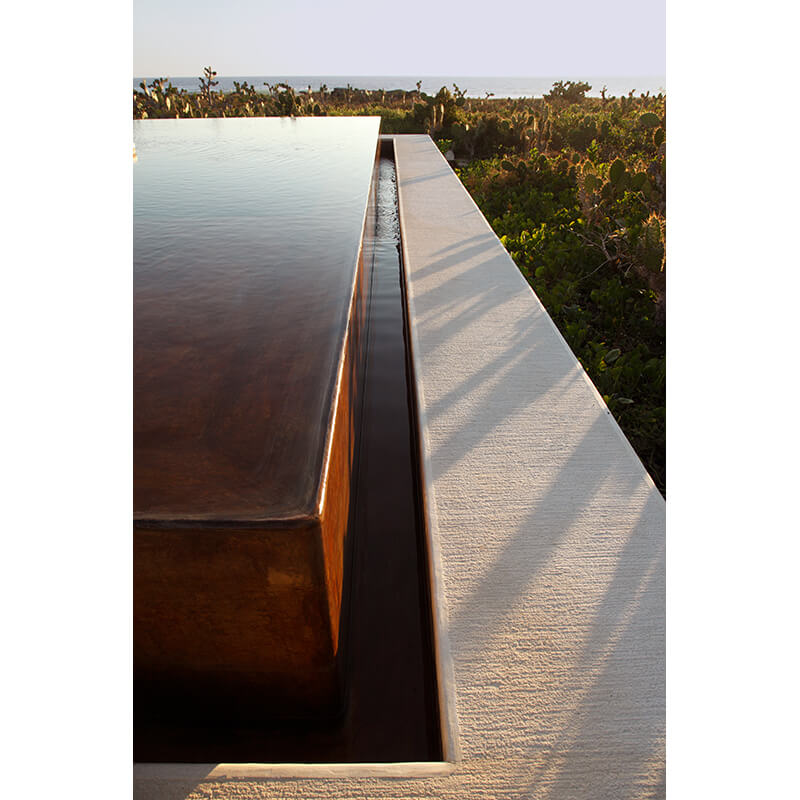Torre de tierra
Soil from the vineyard itself is the tower’s core construction material. Replacing the former observation platform, the new construction is built with the tepetate earth obtained during the excavation. The project champions the use of local materials and natural finishes to blend into its surroundings, a quality discernible in its appearance, construction language and sustainability.
The material’s texture and the lines left by the formwork are almost the only form of expression of this stripped-down volume which communicates how the construction system operates.
With a near-square, 25 m2 floor plan, a single gesture alters this pure geometry; a slight angle in one of the sides reveals the possibilities of departing from the norm, understanding variation as a nuance that can create meaning. This project is defined by its details: basic materials are crafted into a precise, carefully calibrated system whose ultimate purpose is to make itself available to the land it overlooks. The unevenness in the perimeter places the user about 60 centimeters below ground level, making it possible to look at the vines from an unusual point of view: it establishes an unexpected visual relationship, placing visitors inside this enclosed space. The tour begins crossing the esplanade surrounding the tower; from there, visitors can choose whether to step down or to climb up to the roof for a bird’s eye view over the vineyard complex. Combined, these three different perspectives enable a global understanding of the project.
Dolores Hidalgo, Guanajuato, 2010
40 sqm
Photographs: Ignacio Urquiza / ESTUDIO URQUIZA Taller de fotografía


























